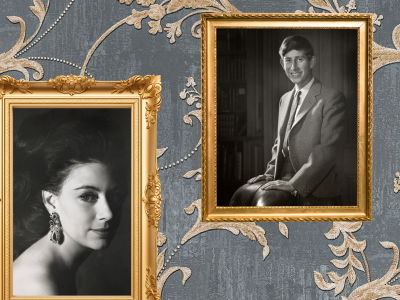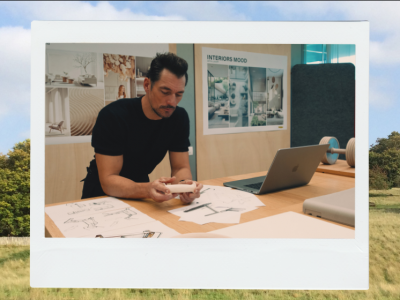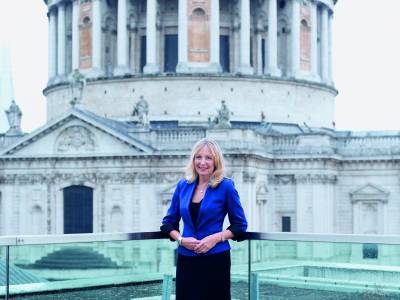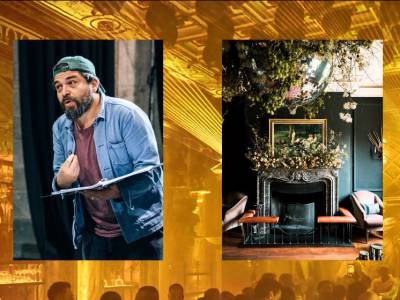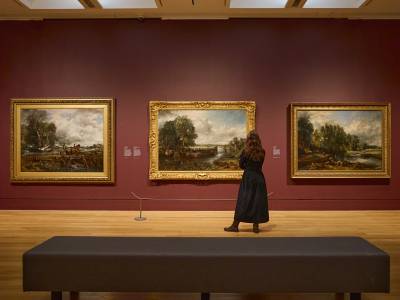In 1906, James Russell, the Chichester-based photographer who had taken pictures of Queen Victoria, King Edward VII and numerous European royalties in a career spanning 40 years, reflected on the experience in The Tatler magazine. “There is really very little ceremony about photographing royalty, especially English royalty,” he explained. “The appointment must be in the first instance through official channels, but once obtained, it ceases to be official and I am invariably alone with my sitter.”
One Hundred Years of Royal Photographs Heads to Edinburgh
29th May 2025
Following a successful run in London, an exhibition celebrating one hundred years of royal photographs comes to Edinburgh this year. Lucinda Gosling puts us in the frame in thsi feature from the Spring Edition of The Illustrated Royalty in Britain.
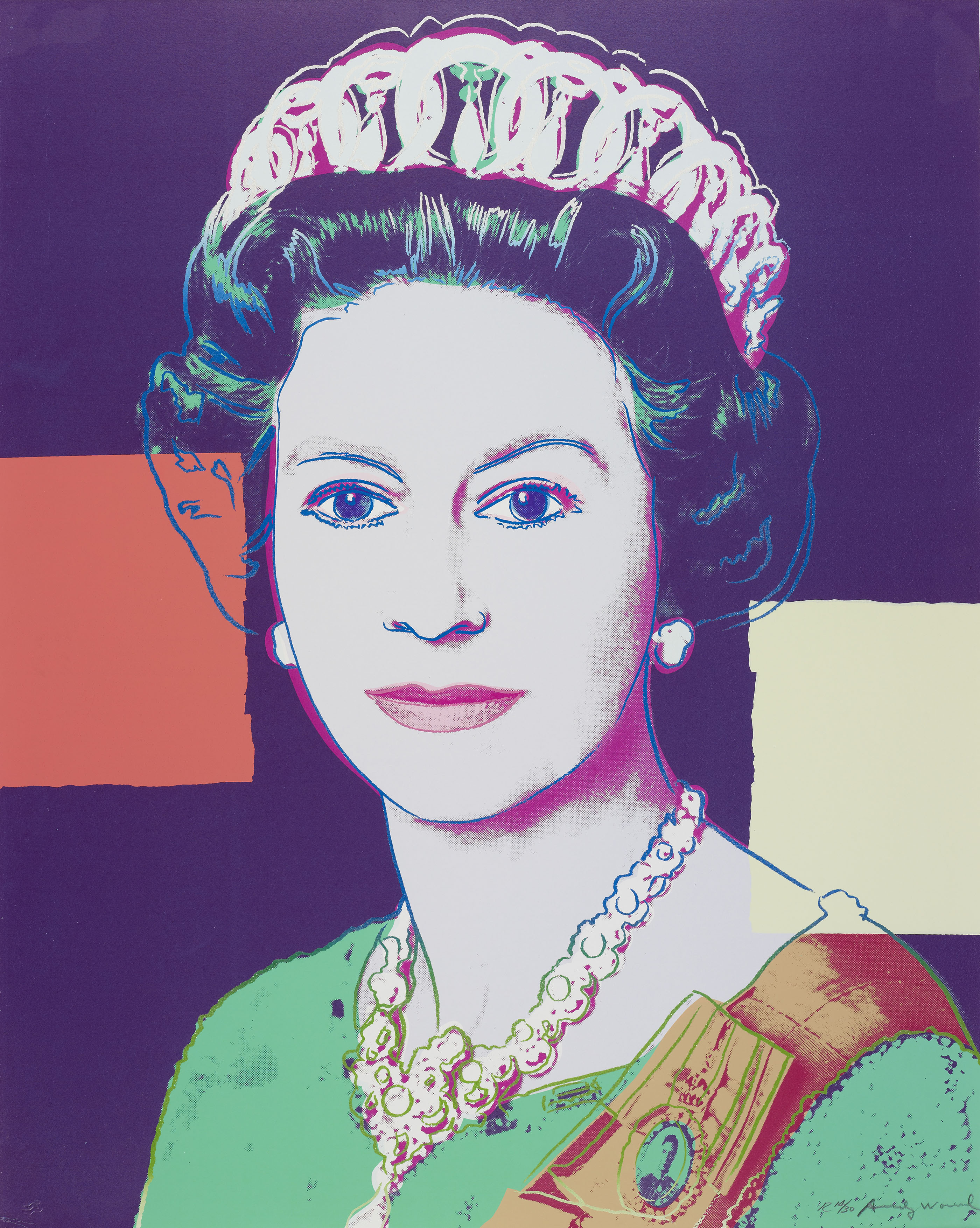
© 2024 The Andy Warhol Foundation for the Visual Arts, Inc./Licensing by DACS, London

© Godfrey Argent/Camera Press
Russell, despite his prolific output, does not in fact feature in ‘Royal Portraits – A Century of Photography’ simply because he predates the show’s focus, which is the past 100 years, from the mid-1920s to present day. But his comments, which hint at the unique intimacy between photographer and sitter, seem very apt as we gaze upon the portraits on display. The exhibition also shares several examples of how those ‘official channels’ mentioned by Russell operate; letters, annotated contact sheets and photographs of shoots being prepared all give a better understanding of the process and the planning and effort involved in creating the images displayed.
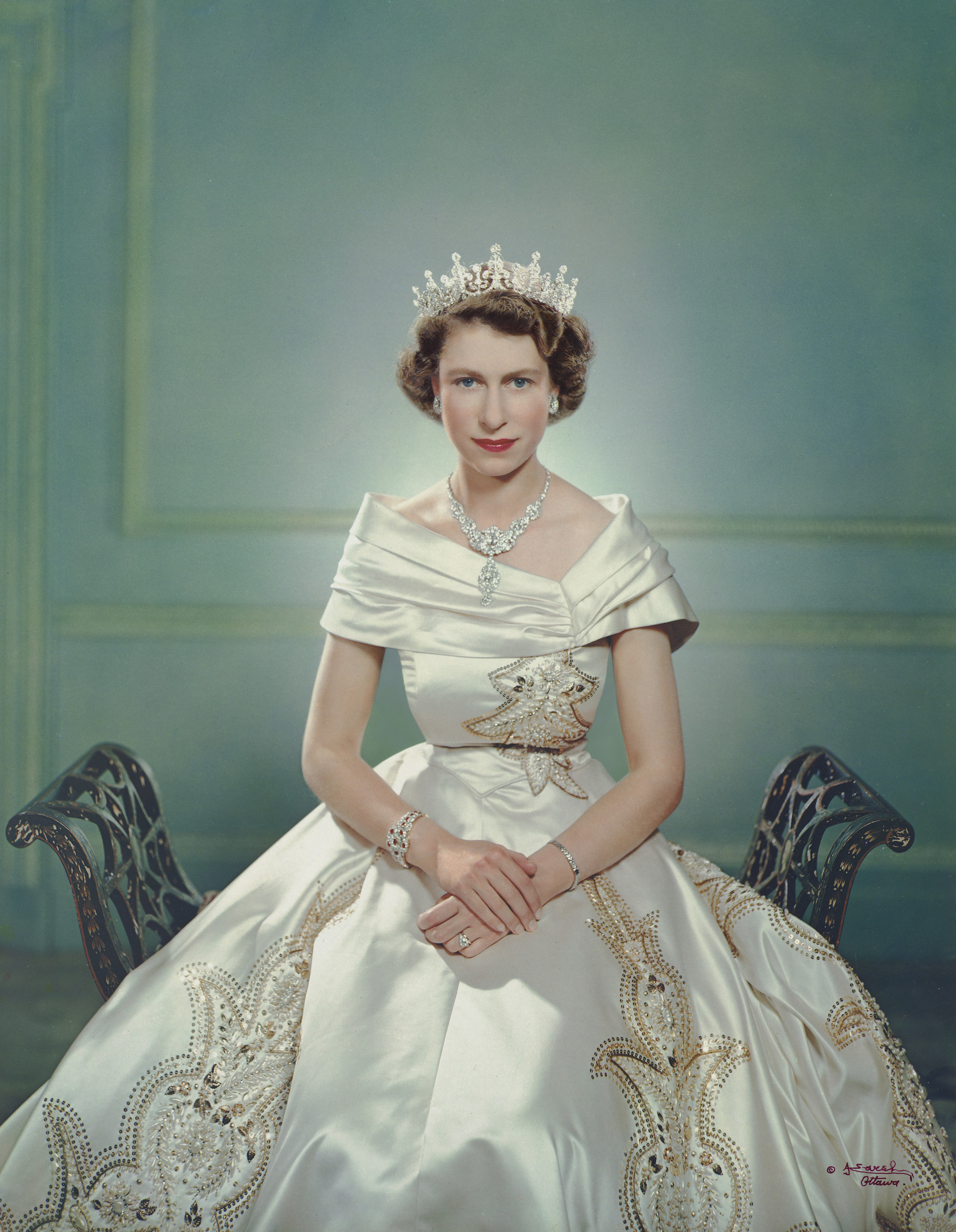
© Photograph: Yousuf Karsh/Camera Press; Cecil Beaton
A commission to photograph royalty is both an honour and a career-changing opportunity. The photographers selected are the ones who combine confidence with courtesy, who can overcome their own nerves, while putting their sitter at ease; and have the creative vision to produce a picture that is honest and truthful, appropriate to the occasion and dialled to deliver just the right level of royal aura. Their pictures must align with the values of one of the world’s most recognisable brands, while also coming up with something original and unexpected, a shot that will make their mark in a competitive field. It’s a tough gig. But not one that any photographer wants to turn down, and perhaps it’s not surprising that on display at the Palace of Holyroodhouse this year is a roll call of some of the very best.
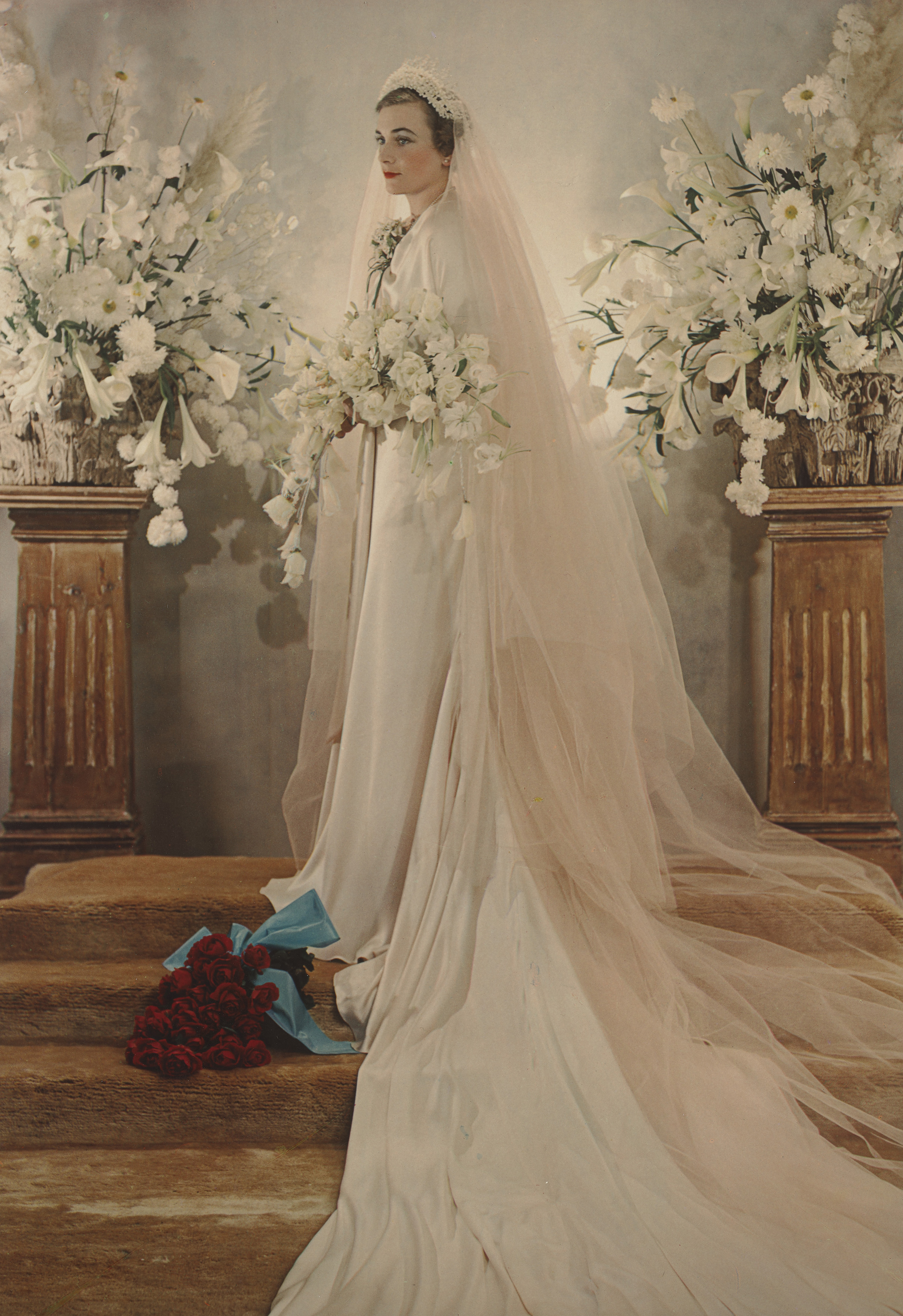
© National Portrait Gallery
Many can be credited with doing more than merely taking a picture. They’ve been responsible for shaping the public perception of royalty, a centuries-old tradition going back to court painters such as Holbein and Van Dyck. Cecil Beaton, with his keen sense of history and knack for drama, famously captured the magnificence of monarchy in his 1953 Coronation portrait of Queen Elizabeth II – but it was his 1939 portraits of her mother, Queen Elizabeth, dressed in a series of ravishing, spangled Norman Hartnell gowns reminiscent of those worn by Franz Winterhalter’s 19th-century beauties, that established his reputation as a royal photographer par excellence. The addition to the show of Beaton’s photograph of The Queen Mother in 1970 is testament to their enduring relationship.
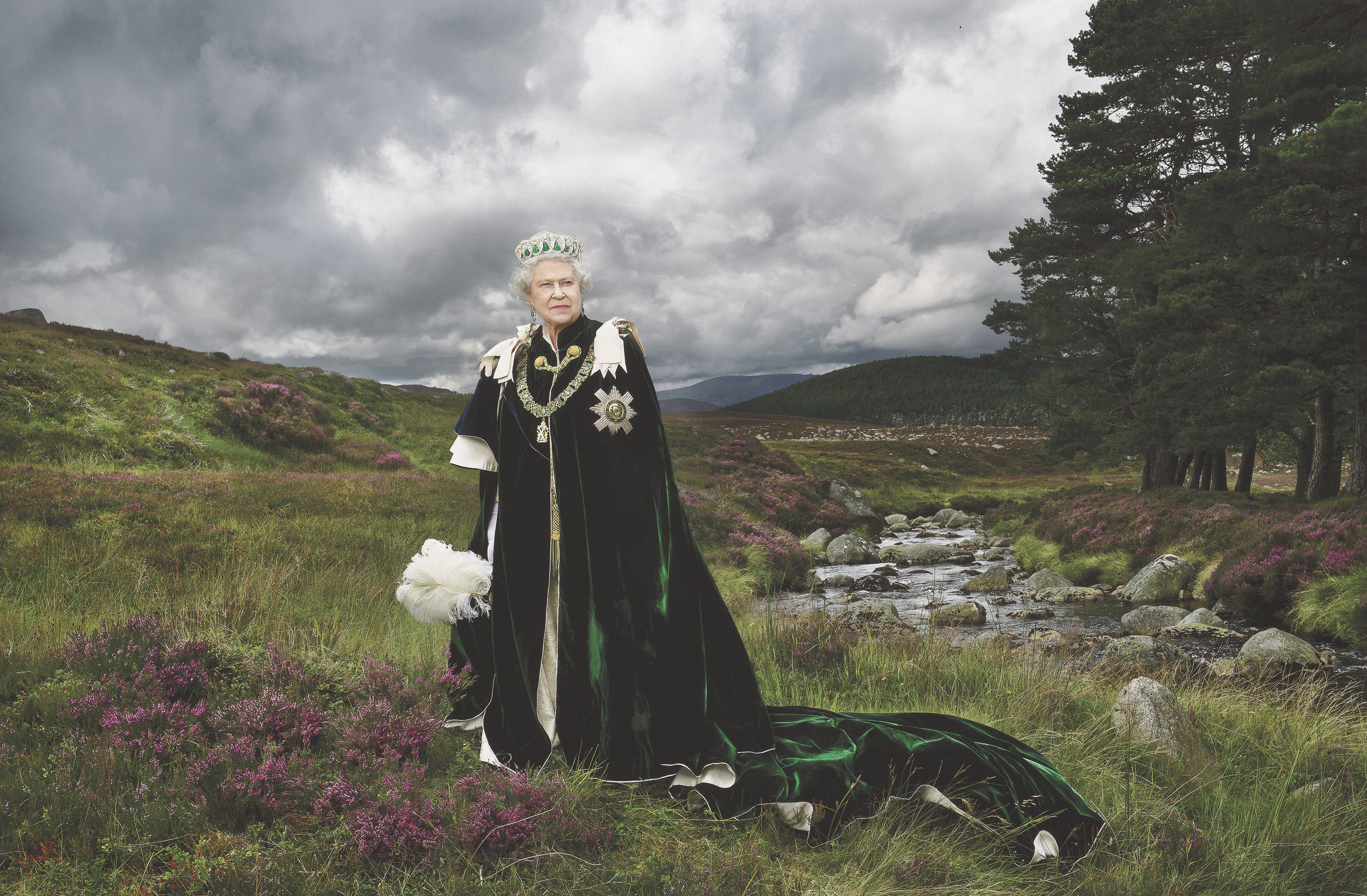
Another photographer who found favour during the 1930s is Yevonde Middleton (known professionally as ‘Madame Yevonde’) who photographed the Duchess of Gloucester in her wedding gown in 1935; the Vivex colour process which Yevonde pioneered reveals the unusual pale blush pink of the Duchess’s Hartnell gown. Elsewhere, Yousuf Karsh’s 1951 picture of Princess Elizabeth, and Dorothy Wilding’s portrait of her as a new Queen in 1952, dressed in a strapless black gown, usher in a more restrained, mid-century simplicity. Karsh, whose sitters included statesmen and presidents, presented the Princess as youthful and glamorous but with a direct gaze and a dignified, quiet authority. It is almost as if he knows what the near future holds for her.
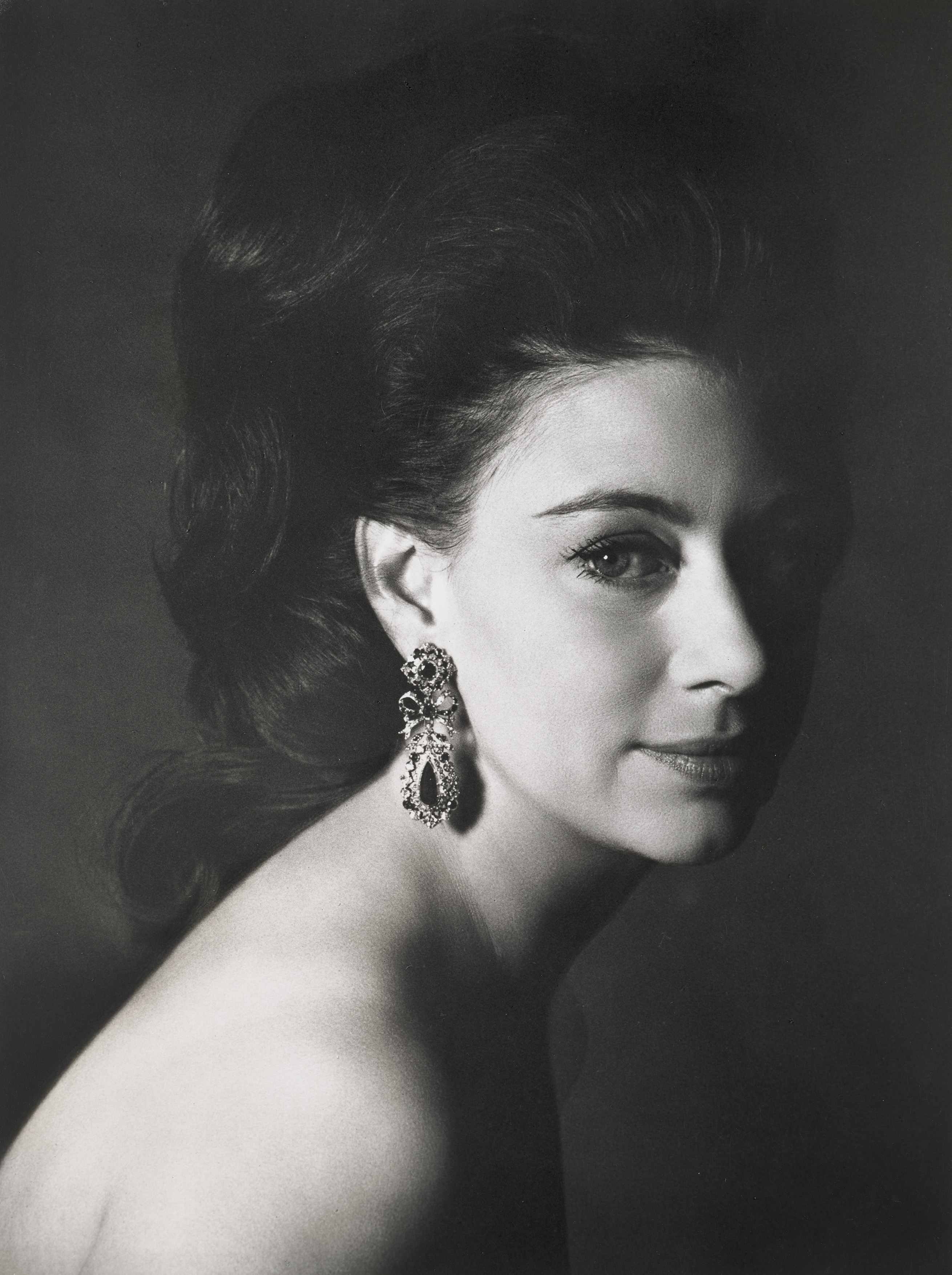
© Snowdon/Camera Press
Also featured are photographers who were already close to the Royal Family. Patrick Lichfield was a first cousin once removed to the late Queen. Lord Snowdon, who as Antony Armstrong-Jones was already a successful photographer before his marriage to Princess Margaret in 1960, gives us two of the exhibition’s most intimate photographs; one of his wife in her beloved Mustique in 1969, and an arresting 1967 portrait where the Princess turns into the light to stop us in our tracks.
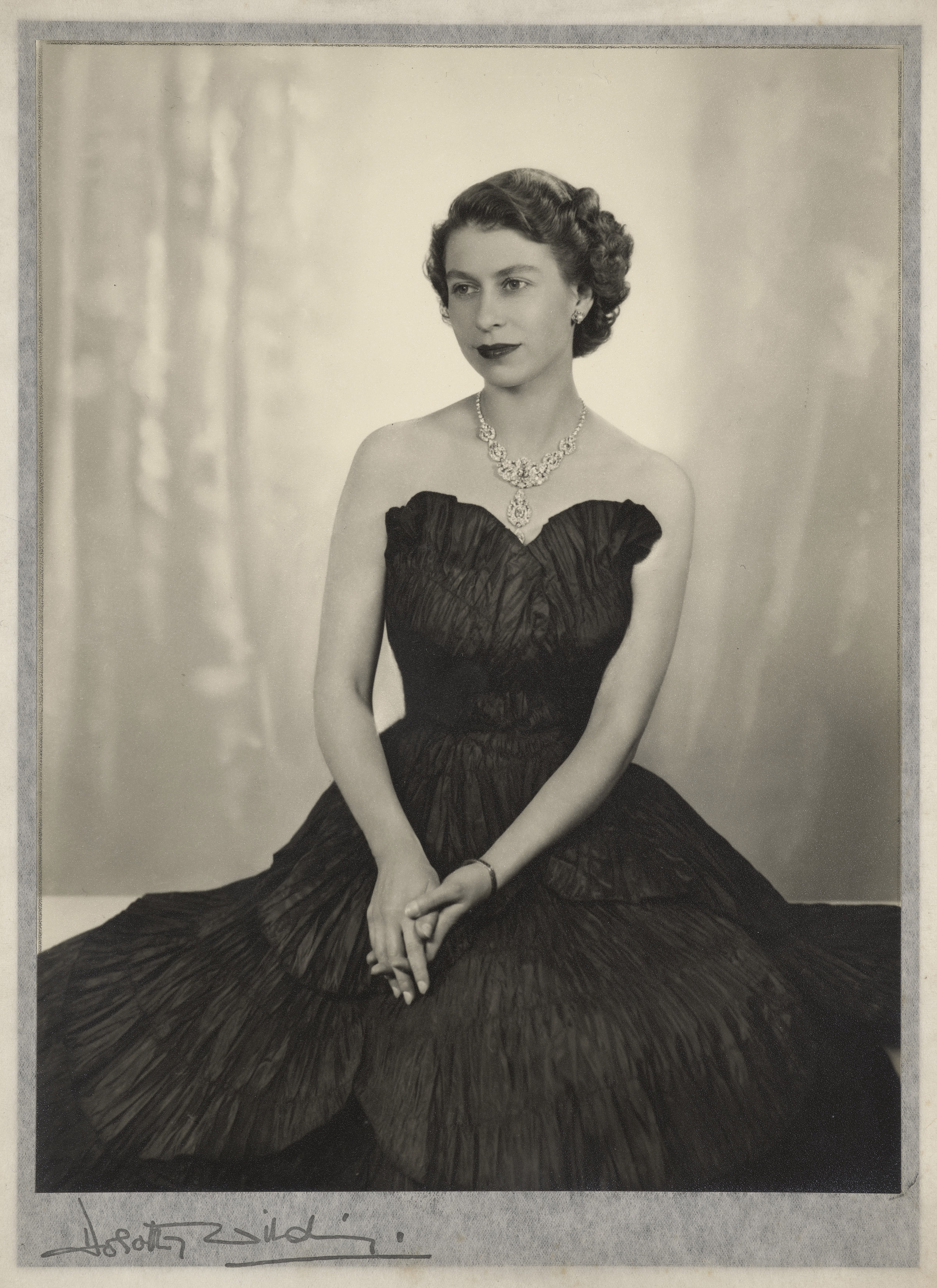
© Royal Collection Enterprises Limited 2024/Royal Collection Trust
In more recent years, the late Queen sat for Rankin, Nick Knight and David Bailey; photographers renowned for high fashion images suggesting she was open to new ideas; even Andy Warhol’s playful screen print is included here. But of special interest for this Scottish leg of the exhibition, are the royal photographs taken in Scotland. A 1966 portrait by Godfrey Argent of His Majesty The King when Prince of Wales was taken in the library at Balmoral Castle to mark his 18th birthday. Dressed in a tweed jacket and a kilt of Balmoral tartan, he may have been the antithesis of the Swinging Sixties, but in time, The King’s sartorial preference for tradition has earned the respect of style commentators.
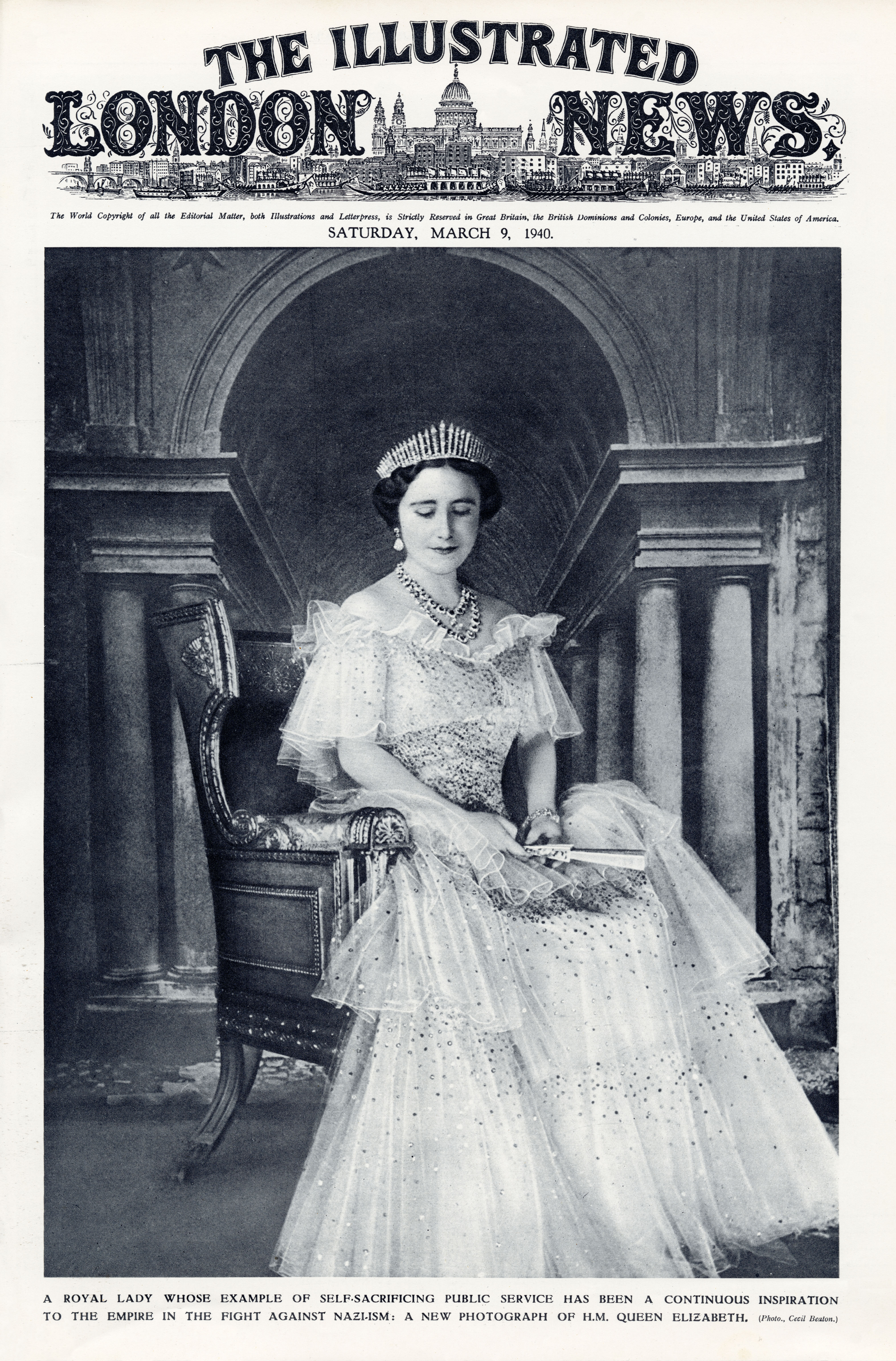
© Illustrated London News/Mary Evans Picture Library
An undisputed highlight of the show is a photograph taken by Julian Calder of The Queen at Balmoral in 2010. Her Majesty stands among the heather wearing the green velvet mantle and insignia of the Order of the Thistle with the emerald Vladimir tiara on her head. The brooding sky of the Highlands acts as an appropriately dramatic backdrop for the Queen of Scots, Chief of Chiefs. Looking at the picture, one can’t help marvel at the willingness of the 84-year-old Queen who went along with Calder’s idea. Annie Leibowitz, who photographed The Queen twice, in 2007 and 2016, thought this of her too. Writing in Vogue in 2022 she summarised: “It was her duty sitting for photographs – part of what she did. And she totally gave herself over to the process, to the photographer, or the artist or the painter, to use their creativity and their imagination.” The late Queen’s relationship with the camera can be distilled down to a necessary and inevitable part of the business of being monarch, but visitors to the King’s Gallery at Holyroodhouse will discover that the results are in fact really rather good.
‘Royal Portraits – A Century of Photographs’ is at the King’s Gallery, Palace of Holyroodhouse, Edinburgh until 7 September 2025; rct.uk
